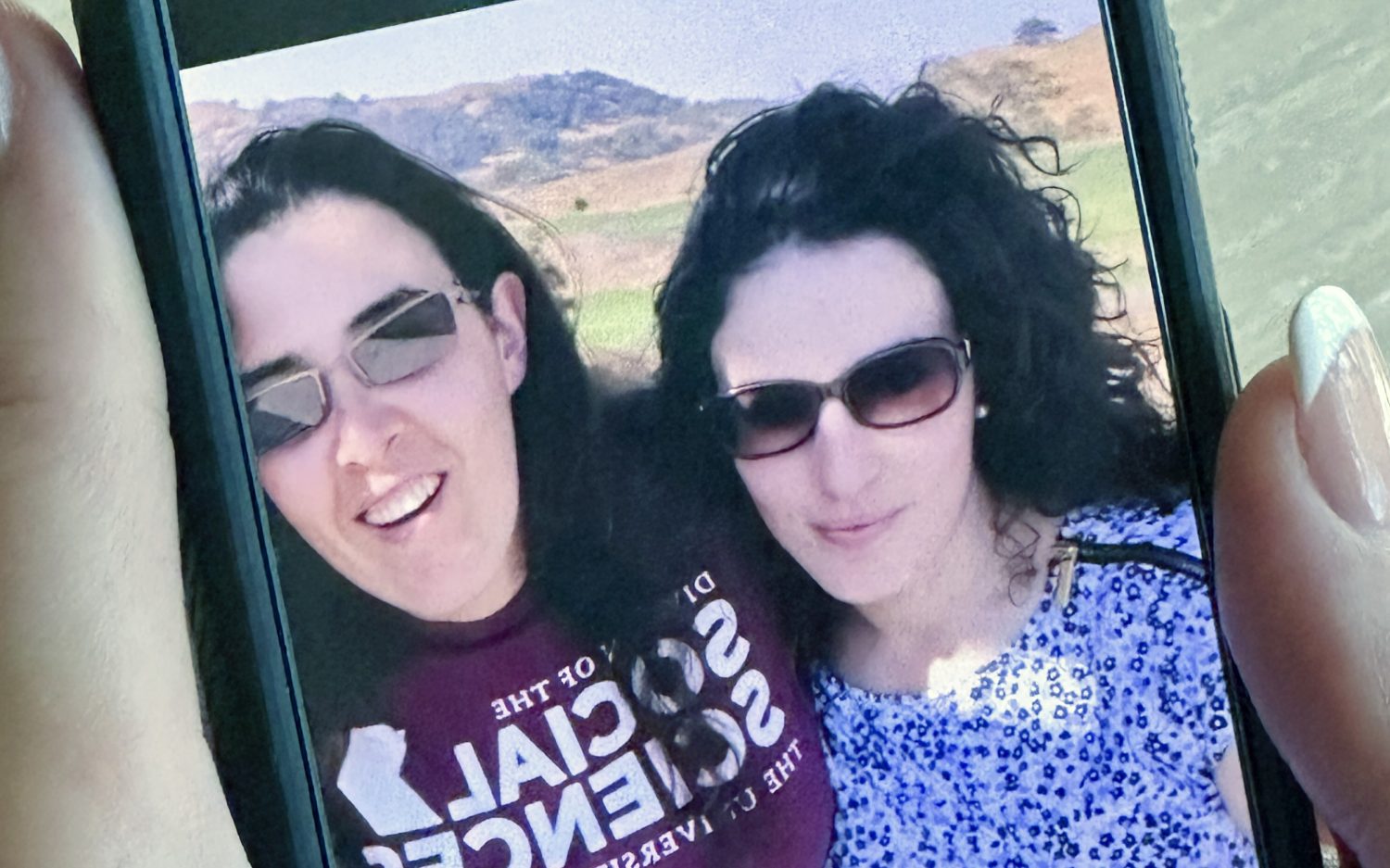Turkey talk: White vs. dark meat, when to thaw, and other facts
Before you chow down on your Thanksgiving dinner this year, here are some interesting turkey facts to chew on, brought to you by the wonderful world of science.
Why does the turkey have both dark and white meat? The dark meat of the thigh and drumstick is produced by myoglobin, a protein that binds oxygen to make it available for muscles that are used frequently. Because turkeys use their legs almost constantly, there is a greater concentration of myoglobin in these regions than in the less-used muscles of the breast.
A turkey typically has about 70 percent white meat, which has fewer calories and less fat than dark meat. White meat is generally preferred in the United States, while other countries choose dark meat.
How much turkey is eaten each year? Turkey consumption has nearly doubled over the past 25 years, according to the National Turkey Federation. In 2011 Americans ate more than 219 million turkeys. Nearly 88 percent of Americans eat turkey at Thanksgiving, with the average bird weighing in at 16 pounds. Americans ate about 736 million pounds of turkey on Thanksgiving in 2011.
When should I buy the turkey? A fresh turkey should be purchased only one to two days before cooking. It should be placed on a tray or pan to catch any leaking juices. A thawed turkey can remain in the refrigerator one to two days. Fresh turkeys that are already stuffed should not be used; If not handled properly any harmful bacteria in the stuffing can multiply rapidly.
Frozen turkeys may be thawed in the refrigerator, in cold water, or in the microwave. Refrigerator thawing takes approximately 24 hours for every 4 to 5 pounds.
About 30 minutes per pound should be allowed for cold water thawing. Before being submerged in cold tap water, the turkey should be wrapped securely so that water is not able to leak through the wrapping. The water should be changed every 30 minutes. Both turkeys thawed in cold water and those thawed in the microwave should be cooked immediately after thawing.
What can affect turkey cook times? A frozen turkey will take at least 50 percent longer to cook than a fully thawed turkey. Dark roasting pans cook faster than shiny metals, and the depth and size of the pan can reduce heat circulation to all areas of the bird and lengthen cooking time. The use of a foil tent for the entire time can slow cooking, while use of a lid speeds cooking. An oven cooking bag can accelerate cooking time.
At what temperature should the turkey be cooked?Turkey should be cooked at 325 degrees Fahrenheit or higher. The U.S. Department of Agriculture issued new guidelines this year, suggesting all parts of the turkey reach a temperature of 165 F. The meat thermometer should be placed in the thickest part of the thigh, away from the bone. Breast temperature should be checked at the thickest part. Pop-up thermometers are often inaccurate so temperature should be double checked with an internal thermometer.
An actual newsletter worth subscribing to instead of just a collection of links. —Adam
Sign up to receive The Sift email newsletter each weekday morning for the latest headlines from WORLD’s breaking news team.





Please wait while we load the latest comments...
Comments
Please register, subscribe, or log in to comment on this article.